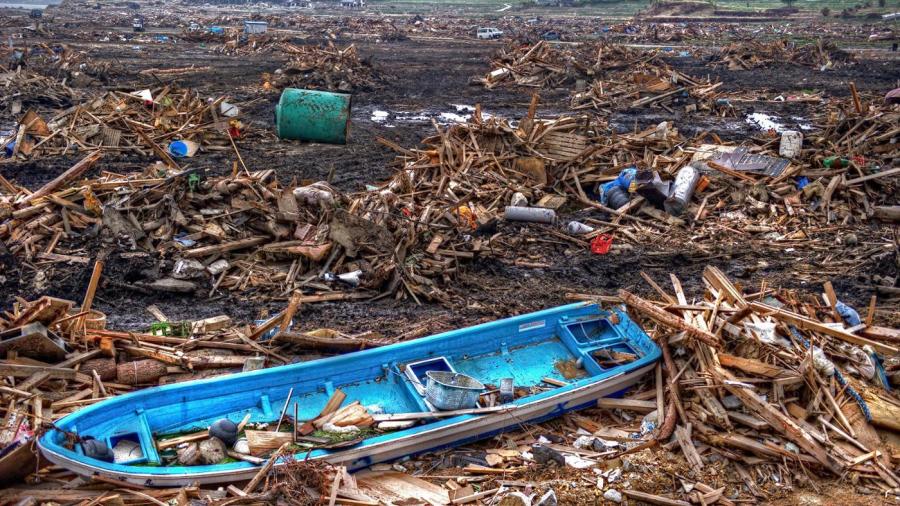How Are Tsunamis Measured?

Tsunamis are measured by their runup,which is the difference between an observed sea level and the distance the tsunami waters reach on shore. This is generally measured once the danger has passed, so debris and destruction of plant life are often used as gauges of runup.
Tsunamis are also measured at sea using tsunami buoys that collect data about changes in water levels through underwater pressure gauges. These measurements establish an early warning system, giving scientists the ability to predict the height of the waves and when they are expected to reach shore.
Tsunamis are caused by a disturbance of the ocean’s waters. Earthquakes, landslides and volcanic activity often create the disturbance, displacing water away from the source. Approximately 80 percent of all tsunamis occur in the Pacific Ocean, which is known for the Ring of Fire, an area where several continental plates converge, creating frequent earthquakes and volcanic eruptions.
In the time preceding a tsunami’s landfall, ocean levels generally recede, to be followed by swiftly rising waters. The waters usually rise and fall in a series of waves before the energy of the tsunami dissipates. Sightseers often place their lives in jeopardy, believing the sinking waters signal the end of danger.





